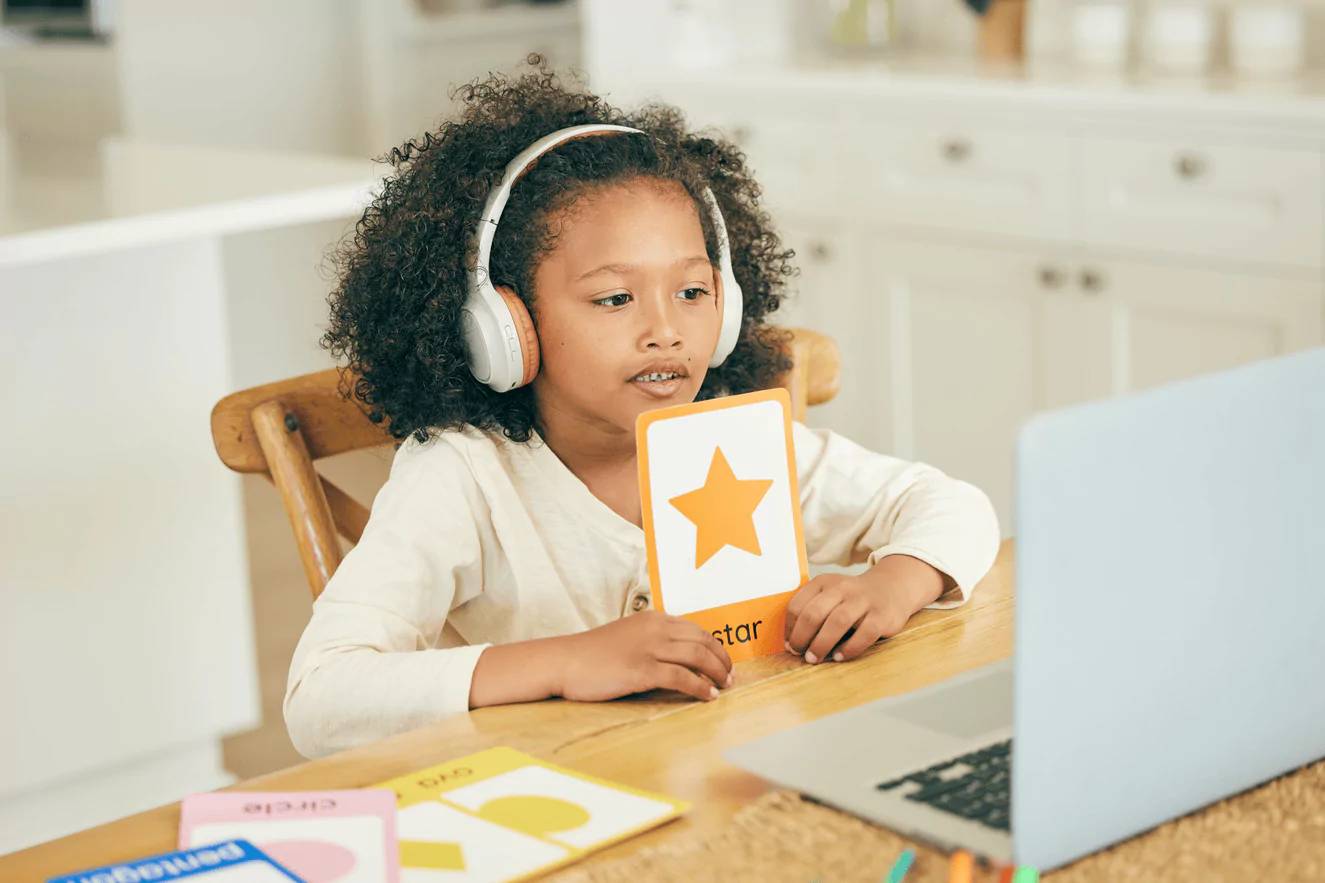Hope Stone, founded in 1997 by Jane Weiner, is a non-profit arts organization currently serving over 900 underserved Houston-area children and adults. To accomplish that, we use our creative mindful arts healing and education outreach program, The Hope Project. We aim to share our free digital resource for teachers: an interactive Social Emotional Learning (SEL) children’s video series, called “smART breaks.”
The One Stop Shop
smART breaks is a free digital arts library. It encompasses interactive music, theater, and dance classes, and also teaches elementary school children SEL competencies. smART breaks mimics much of the work we do with our in-person classes through our work within The Hope Project. The 37 participatory episodes are designed with an emphasis on the arts, social learning, and self-regulation, fostering opportunities to inspire creative thinking, practice social skills, and bolster academic success.

Accessible Categories
The digital library is broken into age categories for Pre-Kindergarten through Upper Elementary. With these episodes, educators, parents, and caregivers can blend arts education and mindfulness at home or in the classroom. Each smART breaks episode has multiple viewing options (downloadable, Vimeo, or YouTube) for easy accessibility. It is accompanied by two worksheets for parents or teachers to use with their students: a vocabulary list for creative activities, and a Texas Essential Knowledge and Skills (TEKS) Guide with Social and Emotional Learning (SEL) Competencies.
The online library breaks the episodes into two age categories, Pre-Kindergarten through Lower Elementary and Upper Elementary. Each episode is 20–25 minutes in length, with specific grade/age recommendations located under each video.

What does a smART breaks episode look like?
- The first 5–7 minutes: Introduction by two longtime friends—Captain Hope, a pilot and adventurist, and Mr. Zo, a gardener and nursing student, who moved from Nice, California to Houston, Texas. Settled into their new home, they invite their teaching artist friends and neighbors over to teach engaging and fun classes.
- Warm-up (5 minutes): The friend visits, often entering through a fun “front door” (the storage trunk or refrigerator). They always bring a nutritional fruit/vegetable as a gift to learn about briefly.
- Activity/Lesson (5–8 minutes): The viewers follow-along through the class.
- Final moments: Every episode ends with a review of the “Awesome Rules” and a fun song about being kind.
Art transcends cultural boundaries. With this idea, the smART breaks episodes are a way to bring educational, entertaining, and interactive SEL art into any home, classroom, or facility.
TEACH is the largest national education publication in Canada. We support good teachers and teaching and believe in innovation in education.


